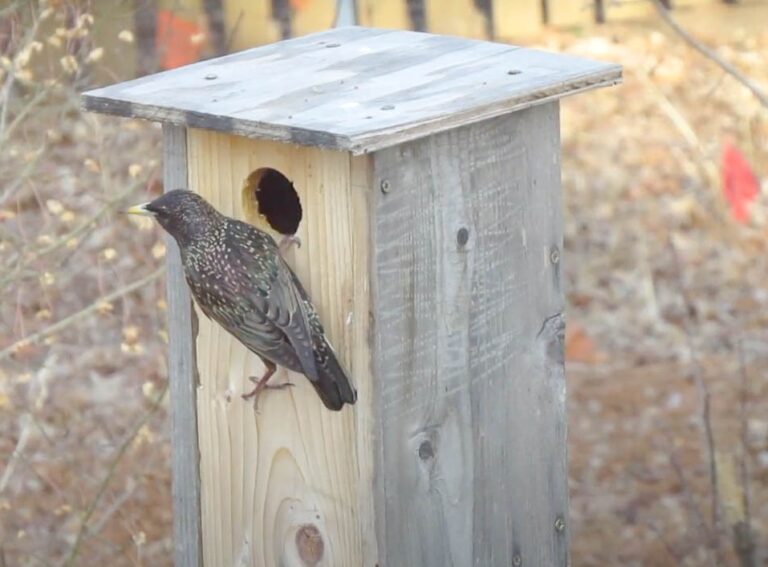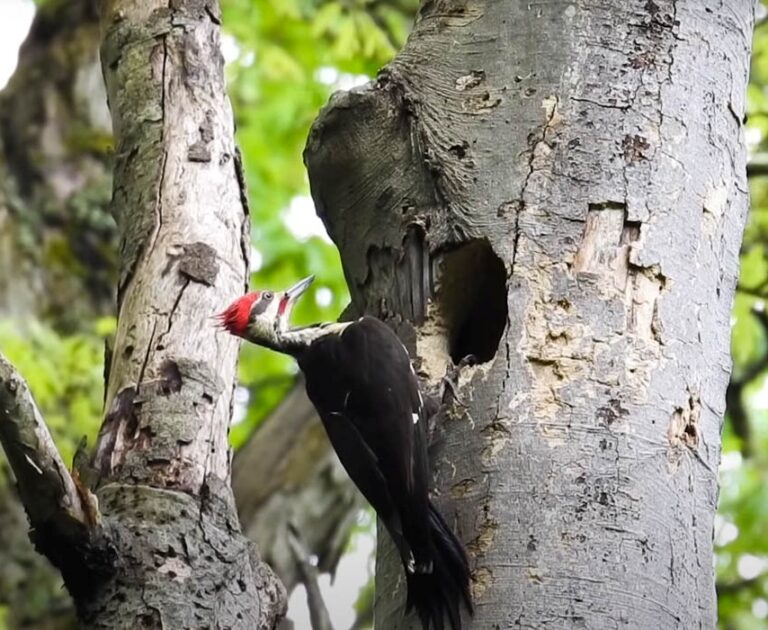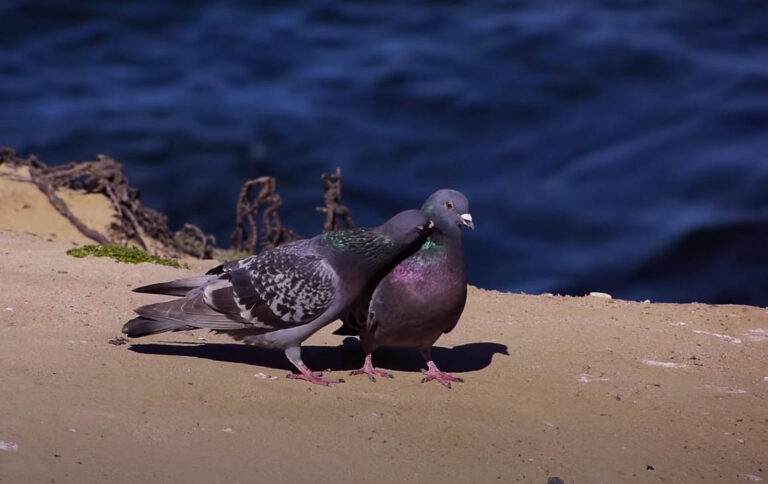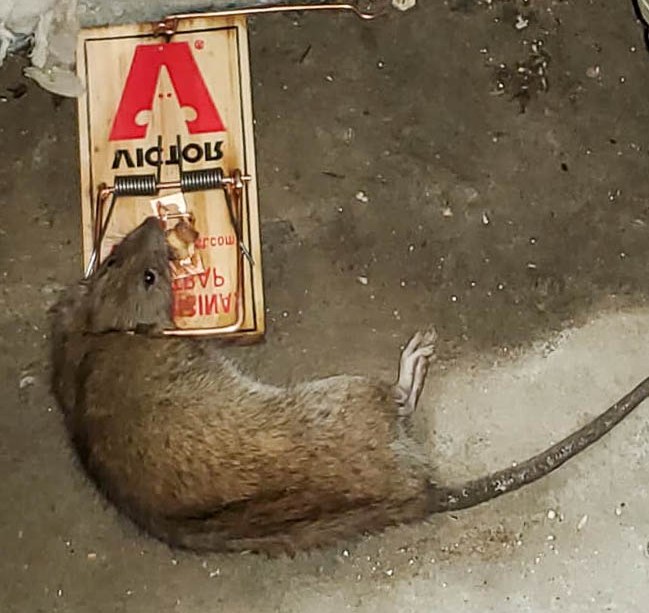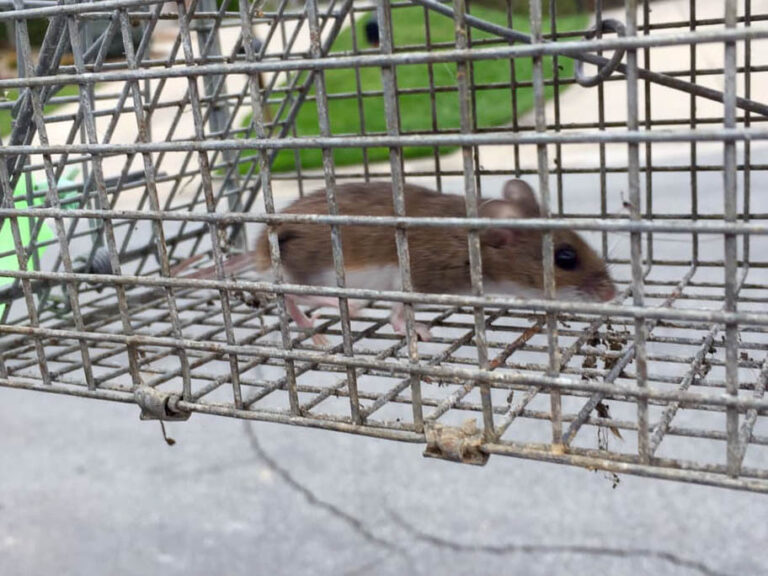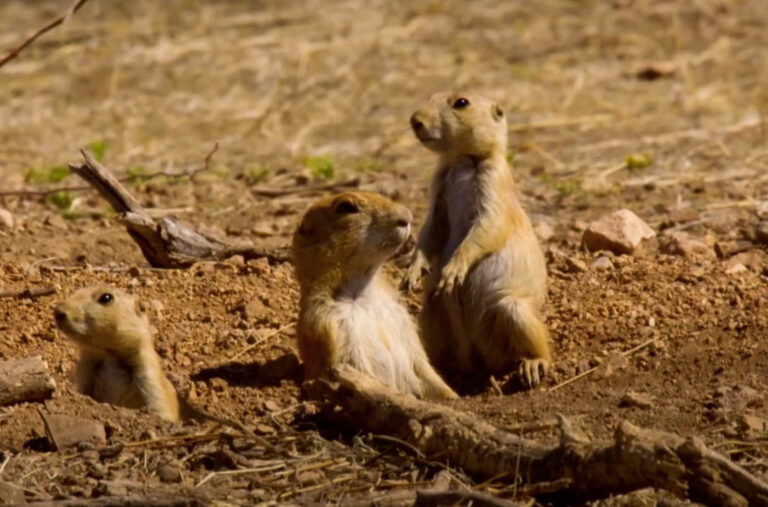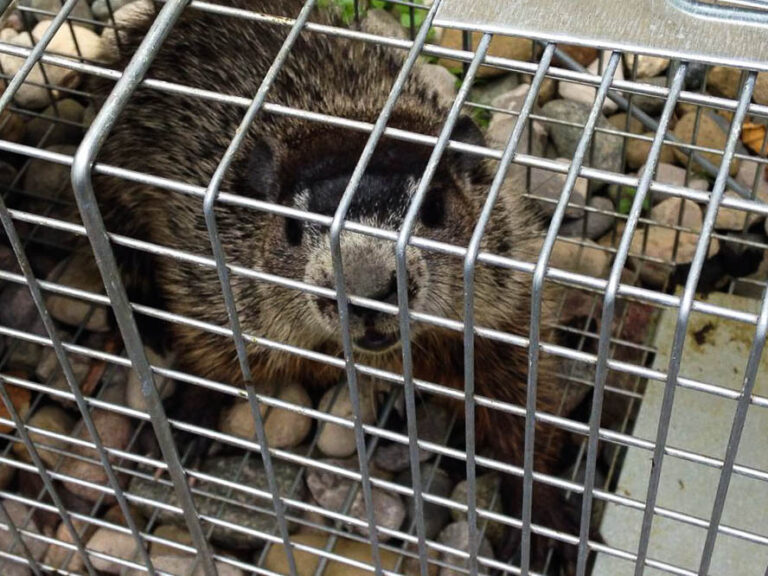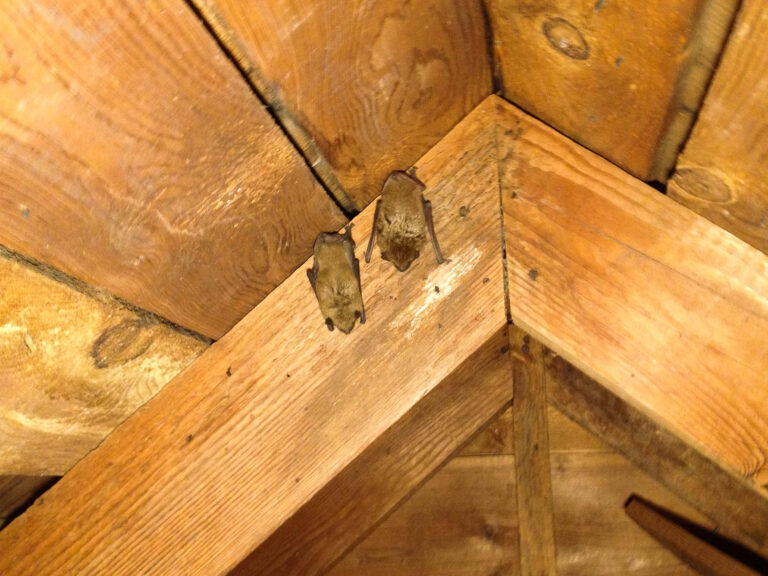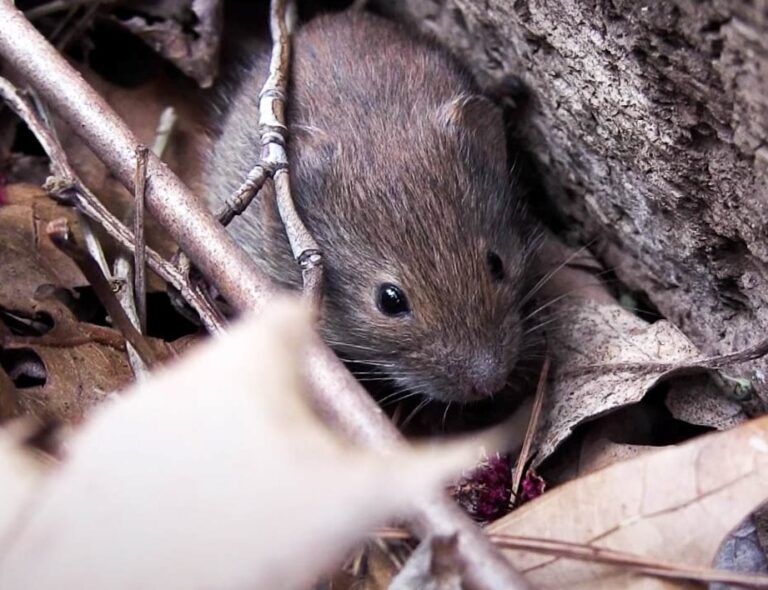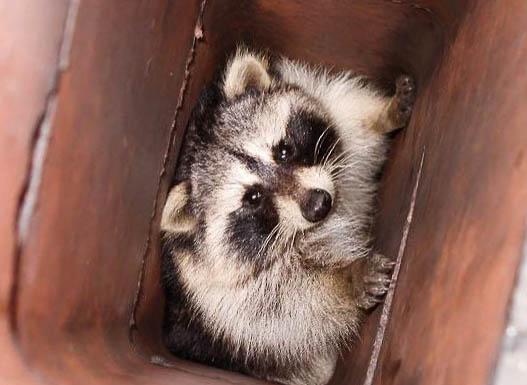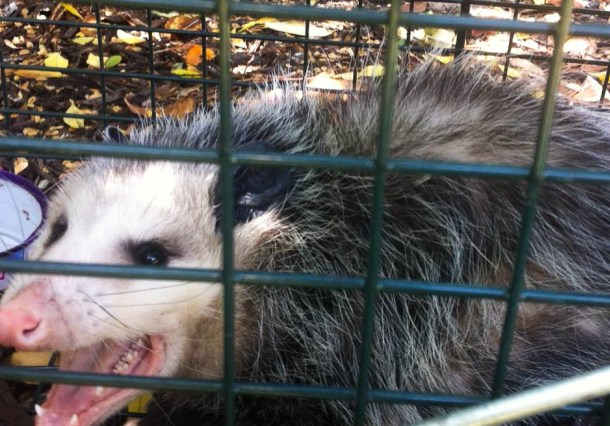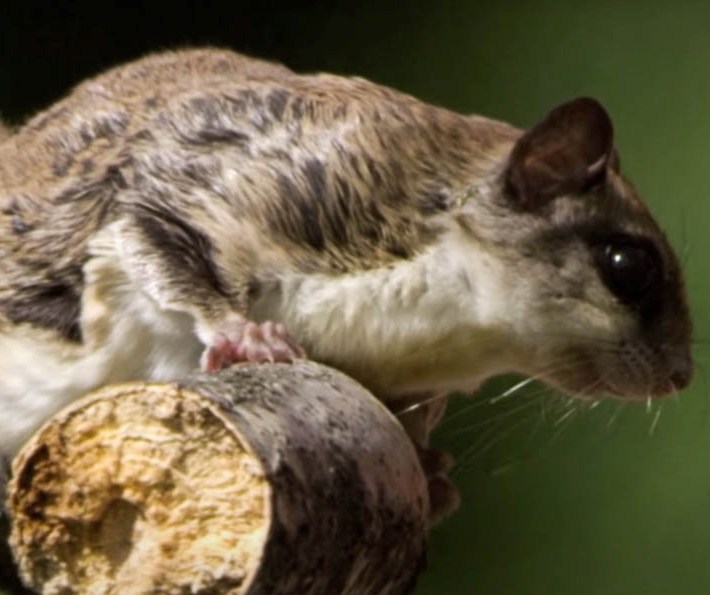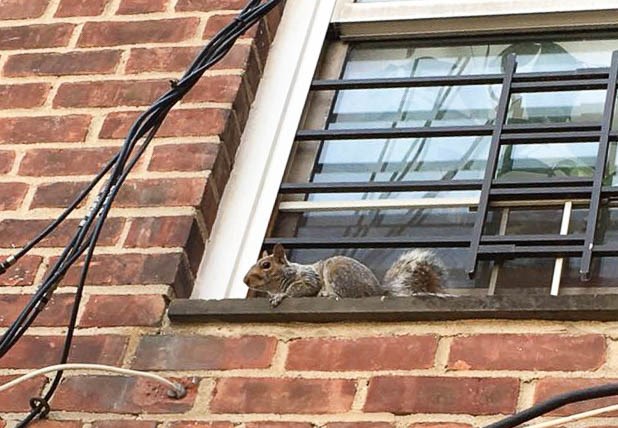About Mice
Appearance
A mouse is a small animal that belongs to the rodent group bearing great resemblance with the rats. Mice have pointed snouts, small round ears, prominent black eyes, furry bodies, a scaly tail as long as its body, and short limbs. The common species of the mouse is the house mouse (Mus Musculus) found around human settlements. Mice can have different colors like white, brown, and gray.
Mice are one of the smallest mammals and don’t grow longer than 7inches (18cm) nor weigh higher than 1 oz. (0.028 kg). The smallest known species is the African Pygmy measuring 1.2 to 3.1 inches (3.04 to 7.874 cm) and weighing less than 0.35 ounces (.01). These measurements do not include their body- length tails.
Although belonging to the same family, rats are distinguishable from mice by their larger sizes, baldness, and round shapes. There are over a hundred types of mice divided into the Old/New world species.
Behavior
For movement, mice can run, walk, and stand on all fours. However, they are capable of balancing their weight on hind legs with support from the tail "tripoding", especially during a fight. They are also good swimmers, climbers (up to 46cm/18 in.), and jumpers, which is their greatest escape mechanisms.

Mice are mostly active during dusk, dawn, and night; they are averse to bright lights. In captivity, they sleep for about 13 hours during the day. Mice are territorial, and one dominant male lives with several other females.
Mice are mostly herbivores, though their high adaptability to the environment can see them eat smaller animals like scorpions, insects, and almost all kinds of food scraps. They prefer to eat grains, seeds, fruits, and other vegetables. Mice have voracious appetites; they eat about 15-20 times a day. And can eat each other if food is scarce. Contrary to cartoons, mice will only eat cheese for lack of food options.
Mice feel temperature and ground changes with their whiskers. Mice have poor sight but use their keen sense of hearing and smell to forage for foods and avoid predators. Mice are the closest animal biologically to a human; most vaccines/medicines for humans are first tested on a mouse.
Habitat
Mice are highly resilient creatures that can be found in almost all parts of the world. Depending on species, you can find them in forests, grasslands, and other manmade structures. Out in the wild, mice make burrows for nests/homes.
Mice closer to human settlements will make their homes close to a food source. They will also be less territorial and more hierarchal.
Life Cycle
After mating with the doe (female), the buck (male) inserts a copulation plug to initiate pregnancy and prevent another male mouse from mating. The gestation period for mice is 19-21 days, and they can give birth to 3-14 pups (avg. of 7) per litter. Does can have up to 5 to 10 litters per year. And with the number of females per territory, this can lead to population explosion. Also, breeding occurs throughout the year.
The young (pinkies) are born hairless, blind, and without ears. The ears can develop on the fourth day, while the fur appears on the sixth day. The eyes open after 13 days of birth, and the pups get weaned at about 21 days. Mice reach sexual maturity as early as six weeks.
In the wild, mice live less than a year. In captivity/domestication, they can live between 2 to 6 years. Mice are prey for many animals like cats, dogs, rats, snakes, and hawks. Mice also suffer a lot of casualties from human interactions.
Damages They Cause
Mice living within your environment or buildings are never a pretty sight. Their destructive nature is only rivaled by exponential breeding.
Damage to household properties
Their infestation in the house put stored/uncovered foods at risk. They will chew through the bagging and feast on whatever food is in there. Most times, the food is contaminated and unfit for human consumption. Mice also transmit severe disease and pathogens to man.
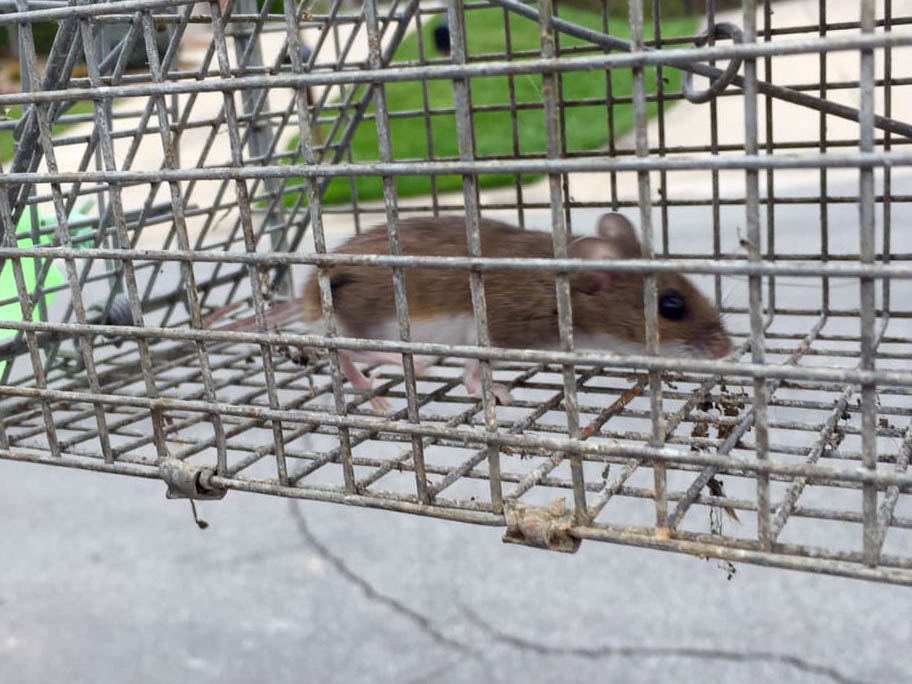
Damage to utilities
Mice move through the building through any openings and can move within the walls, attics, and roof, chewing at electric cables, wiring, pipes, roof materials, and more. It can cause leakages, power outages, and costly repairs.
Smelly homes
The urine and droppings of mice are highly repulsive, especially on food supplies. Also, if a mouse dies by accident in an environment, the decaying smell will make you vacate the region till someone finds the carcass.
Damage to the Garden
Squirrels cause severe damages to your garden, landscape, and plants through their haphazard burrowing and chewing nature. They can also attack you/pets if you corner them.

